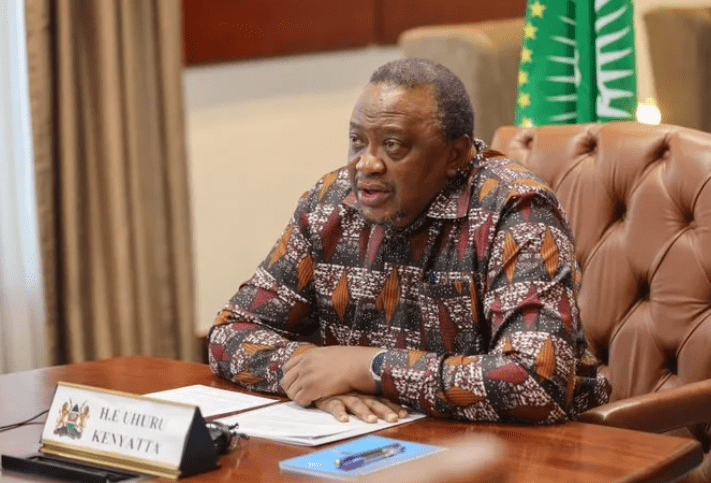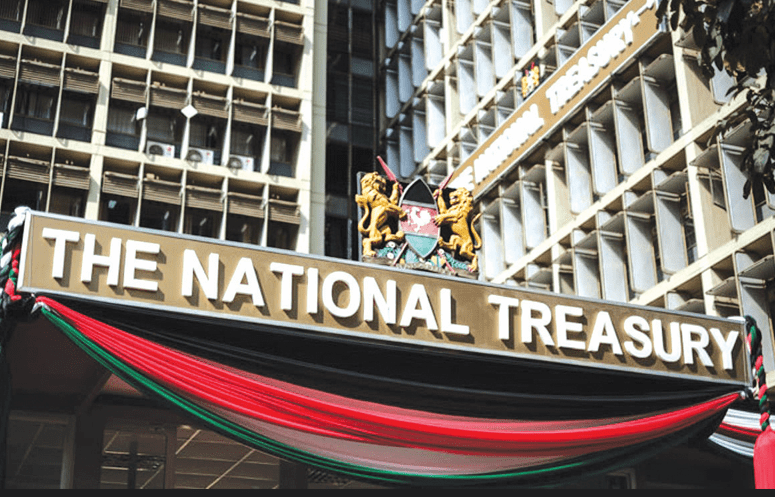Forex reserves rise by Sh25b on festive season payments
By Victor Mukabi and Xinhua News Agency, December 30, 2024The country’s foreign exchange reserves increased by $ 191 million (Sh24.63 billion) to reach $ 9.2 billion (Sh1.18 trillion) during the festive season from the previous $9.01 billion (Sh1.16 trillion).
This is according to official data by the Central Bank of Kenya (CBK) weekly bulletin released on December 27.
The growth was largely attributed to export earnings and remittances during the period thereby reversing the negative trend that began in November, when forex reserves declined to below $ 9 billion on Dec. 5. “The usable foreign exchange reserves remained adequate at $9,201 million (4.7 months of import cover) as of December 24. This meets the CBK’s statutory requirement to endeavour to maintain at least 4 months of import cover,” the report reads in part.
According to the apex bank, Kenyans living abroad increased the amount of money they sent home by 15.3 per cent to $ 4,804 million (Sh619.2 billion) in the 12 months to October 2024 compared to $ 4,165 million (Sh537.28 billion) in a similar period in 2023 and were 17.7 per cent higher in the first ten months of 2024 compared to a similar period of 2023.
On the other hand, goods exports increased by 11.9 per cent in the 12 months to October 2024 compared to a similar period in 2023, reflecting increased exports of agricultural commodities and re-exports. Exports of tea, vegetables and fruits increased by 2.1 per cent and 16.8 per cent, respectively, while re-exports were 73.5 per cent higher in the period. Exports were 15.0 per cent higher in the ten months of 2024 compared to a similar period in 2023.
Funding programme
The growth, according to CBK Governor, Kamau Thugge (Pictured), was also as a result of the International Monetary Fund (IMF) disbursement whereby in November, it disbursed $605 million (Sh78.4 billion) to Kenya under a funding programme scheduled to conclude in April next year.
The increase in forex reserves ensures the bank has sufficient dollars to support the shilling, which strengthened prior to the festive season to an average of Sh129.29 against the dollar from a low of 130.
However, the country might be forced to rely on source revenues to help maintain the status quo. This was after the World Bank last month advised the government to live within its means as this is clearly on of the macro-economic factors that limits the country’s economic growth due to the associated high interest rates.
“The government must reduce debt vulnerabilities and bring down the debt burden to 55 per cent of the GDP by 2029 from the current level, consistent with Kenya’s debt anchor through continued domestic revenue mobilisation, expenditure rationalisation and growth-enhancing measures,” World Bank said in a statement. The progress comes in such a time when the government is keen on lowering the cost of living by Kenyans which is also impacted by the value of the Kenyan shilling against the world’s major currencies such as the US dollar.
With a weaker shilling, Kenyans tend to spend more on goods and services despite the stagnation of their monthly income. This is so, particularly on goods sourced from imports, where transactions are usually made in dollars thereby affecting the retail prices.
More Articles

